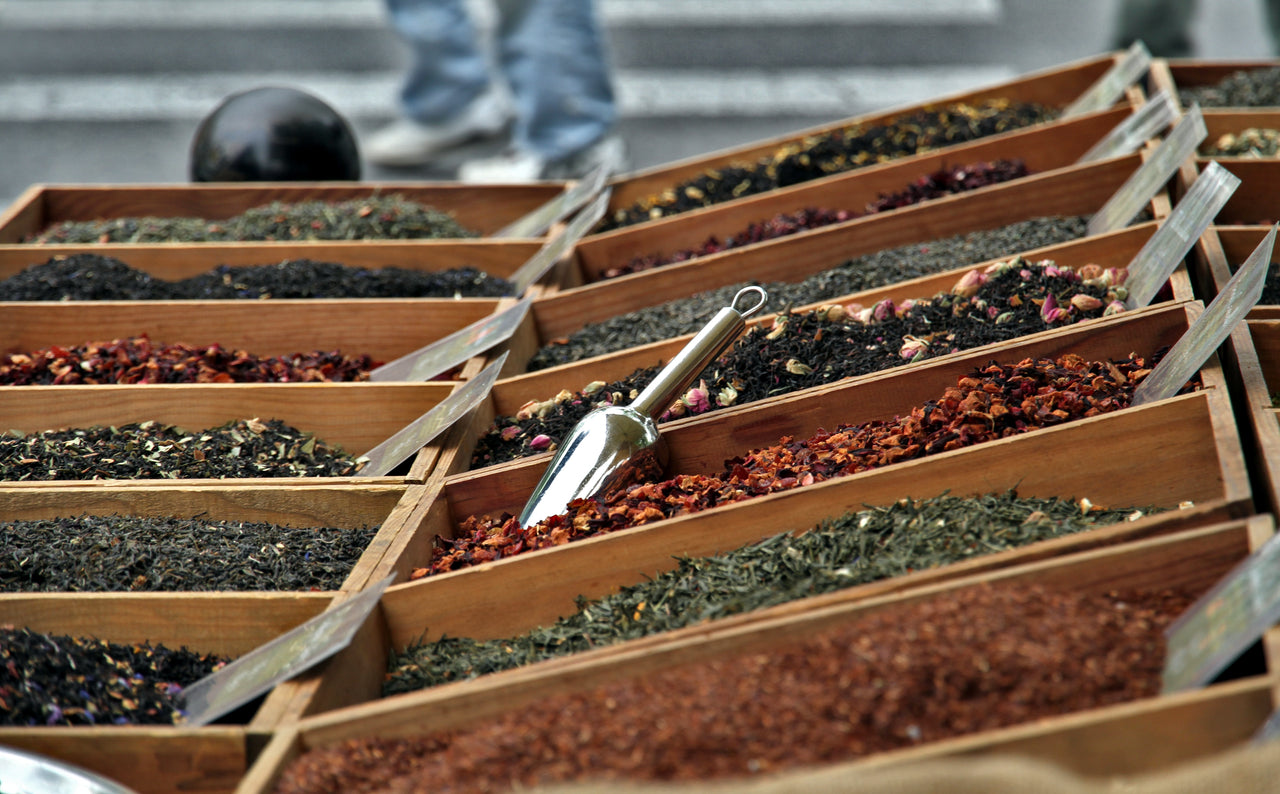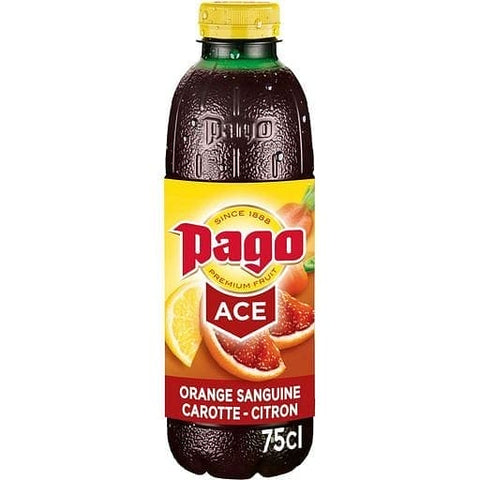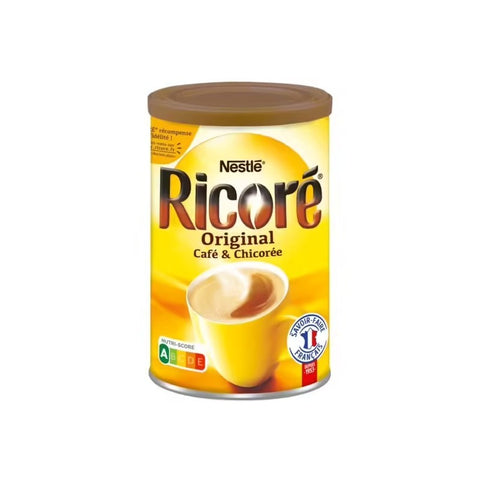Provence, a region in southeastern France, is known for its vibrant cuisine that is rich in flavors and fragrances. At the heart of Provencal cooking are the herbs and spices that grow abundantly in the region's sunny climate and rocky soil. These herbs and spices are essential ingredients in many Provencal dishes, from the classic ratatouille to the hearty bouillabaisse. Here are some of the most popular herbs and spices used in Provencal cuisine, along with their culinary uses and cultural significance.
-
Thyme Thyme is a small herb with delicate leaves and a distinctive aroma. It is a staple in Provencal cooking, where it is used to flavor stews, soups, and grilled meats. Thyme also pairs well with vegetables such as tomatoes, eggplants, and zucchinis, making it a key ingredient in the famous ratatouille. In Provence, thyme is also used in herbal remedies to alleviate respiratory problems and improve digestion.
-
Rosemary Rosemary is a woody herb with needle-like leaves and a pungent aroma. It is often used to season lamb, chicken, and fish dishes in Provencal cuisine. Rosemary is also a popular ingredient in bread, adding a fragrant and savory note to the dough. In Provence, rosemary is associated with memory and is often used in religious ceremonies as a symbol of remembrance.
-
Sage Sage is a perennial herb with soft, velvety leaves and a slightly bitter flavor. It is commonly used in stuffing for poultry and game, as well as in sauces and stews. In Provencal cuisine, sage is often paired with butter, creating a rich and aromatic sauce that complements grilled meats and vegetables. Sage is also believed to have medicinal properties, such as improving cognitive function and reducing inflammation.
-
Oregano Oregano is a fragrant herb with small leaves and a slightly spicy flavor. It is often used in pizza and pasta sauces, as well as in marinades for grilled meats and vegetables. In Provence, oregano is a key ingredient in the popular dish pissaladiere, a savory tart made with onions, anchovies, and olives. Oregano is also used in traditional medicine to treat respiratory problems and digestive disorders.
-
Lavender Lavender is a fragrant plant with delicate purple flowers that grow abundantly in Provence. Although it is not commonly used as a culinary herb, it is a key ingredient in Provencal sweets and desserts, such as lavender honey and lavender ice cream. Lavender is also used in perfumes, soaps, and candles, making it a symbol of Provence's unique sensory experience.
-
Fennel Fennel is a bulbous plant with feathery leaves and a licorice-like flavor. It is often used in Provencal cooking to add a sweet and aromatic note to fish dishes, salads, and stews. Fennel seeds are also a popular ingredient in sausages, adding a unique flavor and texture to the meat. In Provence, fennel is believed to have digestive and anti-inflammatory properties.
-
Bay leaves Bay leaves are an aromatic herb with shiny, dark green leaves and a subtle flavor. They are often used in stews, soups, and marinades to add a depth of flavor and aroma. In Provence, bay leaves are a key ingredient in the traditional dish bouillabaisse, a garlic is a staple in Provencal cuisine, and it is used in almost every dish. It adds a pungent flavor and aroma that pairs well with many of the region's classic ingredients like tomatoes, olives, and herbs. In addition to being a popular flavoring agent, garlic is also known for its numerous health benefits, including its ability to boost the immune system and lower blood pressure.
-
Olives and olive oil are also important ingredients in Provencal cooking. The region is known for its production of high-quality olives and olive oil, which are often used in salads, stews, and sauces. In Provence, olives are typically brine-cured or dry-cured, and they can range in flavor from mild and buttery to intensely briny and salty.
-
Tomatoes are another key ingredient in Provencal cooking. The region is known for its juicy, flavorful tomatoes, which are used in dishes like ratatouille, tian, and salade nicoise. Tomatoes are high in antioxidants and other beneficial nutrients, making them a healthy addition to any dish.
- Another popular herb used in Provencal cuisine is thyme, which is often found growing wild in the region. Thyme has a slightly earthy, minty flavor and a subtle aroma that pairs well with meats, stews, and roasted vegetables. It is also commonly used in herb blends like herbes de Provence, which typically includes a combination of thyme, rosemary, savory, oregano, and sometimes lavender.
In conclusion, the cuisine of Provence is rich in herbs, spices, and other flavorful ingredients that have become synonymous with the region's culinary traditions. By incorporating these classic ingredients into your own cooking, you can experience the unique flavors and aromas of Provence in your own home. Whether you are making a classic dish like ratatouille or experimenting with new flavor combinations, the herbs, spices, and ingredients of Provence are sure to delight your taste buds and transport you to the sunny shores of the Mediterranean.
Lavender is a unique and versatile herb that is also commonly found in Provence. Although most commonly known for its sweet, floral scent, lavender is also used in cooking, particularly in sweet dishes like lavender-infused honey, ice cream, and cakes. It can also be used to add a subtle floral note to savory dishes like roasted lamb or chicken.
Bay leaves are another herb frequently used in Provencal cuisine. They have a slightly bitter flavor and are often used to add depth to stews, soups, and sauces. In Provence, bay leaves are often used in traditional dishes like bouillabaisse, a fish soup that originated in the region.
In addition to these herbs, there are a few spices that are commonly used in Provencal cooking. One of the most notable is saffron, which is often used to add a rich, yellow color and distinct flavor to dishes like bouillabaisse and paella. Saffron is one of the most expensive spices in the world, and it takes thousands of flowers to produce just a small amount of the spice.
Another spice commonly used in Provencal cuisine is fennel seed, which has a sweet, licorice-like flavor. It is often used in spice blends like herbes de Provence and can add a unique flavor to roasted meats, fish dishes, and even desserts.
Overall, the herbs and spices of Provence are an essential part of the region's culinary traditions. Whether used in traditional dishes or in modern interpretations, they add a depth of flavor and aroma that is both unique and enticing. So the next time you are cooking up a storm in the kitchen, consider incorporating some of these classic herbs and spices to transport your taste buds to the beautiful region of Provence.




